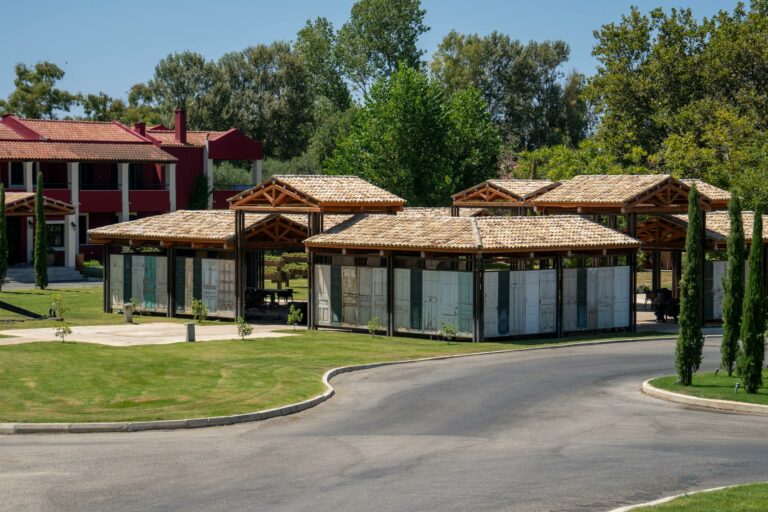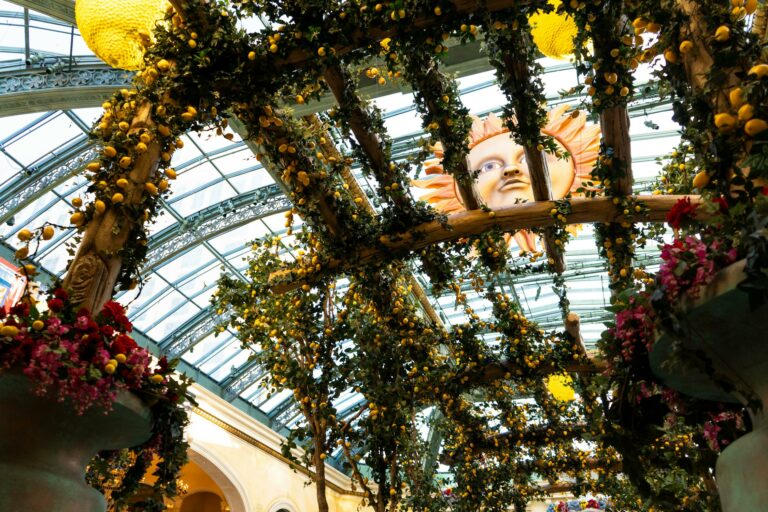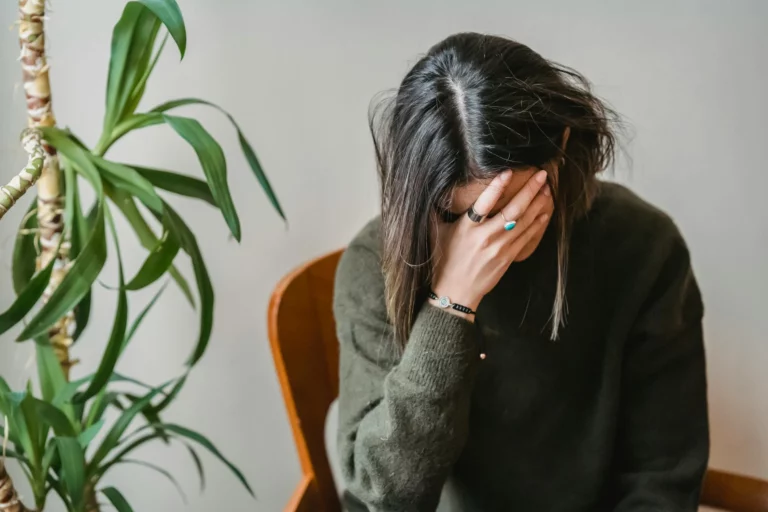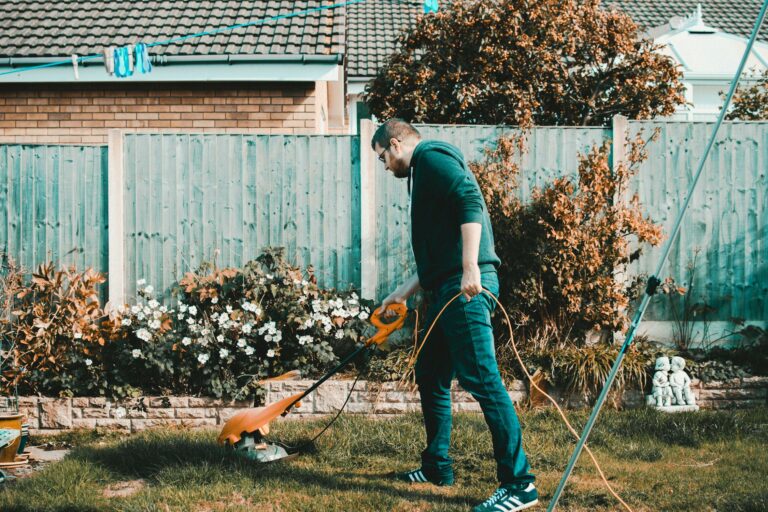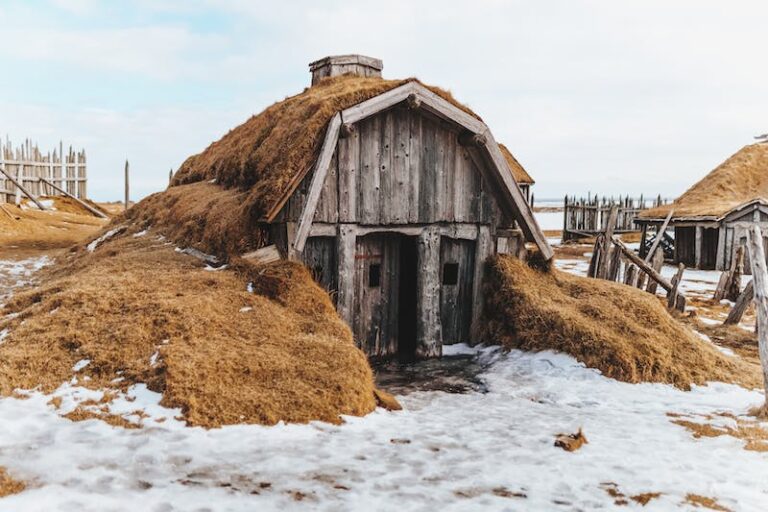One of the toughest things that a gardener, landscaper or homeowner can do is give up their garden. This feeling of toughness is especially felt by those who live in climates with winters, like Stouffville, Ontario. After a long summer of toiling, keeping the plants alive and finally, displaying them for all jealous onlookers to see, it can be difficult for that aforementioned trio to watch as fall comes. With the fall, comes the death of plants not just in the forests or on the trails, but the death of plants in the garden as well. It’s a sad day for all, knowing that winter is around the corner, but it can be especially sad for those who worked so darn hard on their gardens.
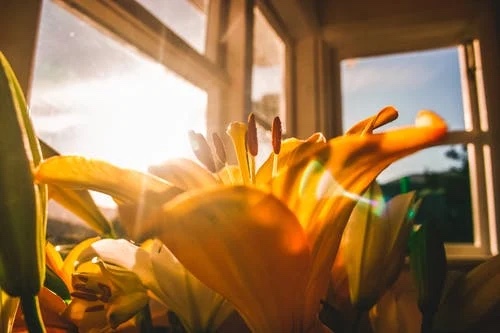
So what can be done? One can always wait until next spring to get things started again, but the wait is long and that green thumb itch can come screaming back at any time. There is the option of planting winter plants yes, but outdoor gardening (heck, being outdoors in general) can be a real pain in the rear when the winter winds are howling. So, the question once again must be posed- what can be done. The answer? Indoor gardening.
It’s an answer that has existed for some time now, even one we started to explore on this website. However, there was a lot left untouched, and so we thought we should continue guiding potential indoor gardeners down the right path. It’s something that isn’t easy to get into, but should there be a gardener, landscaper or homeowner out there who wishes to continue their gardening post fall, it is the only right thing to do.
Temperature
This may be a confusing section for a lot of homeowners, gardeners and landscapers. Wouldn’t one just be able too put their plants under the grow lights and let them grow? Well, while “grow” may be in the name of “grow light”, the temperature at which plants need to be in order to thrive is probably a little more important than some may think.
The truth is that temperatures of 65 degrees Fahrenheit to 75 degrees Fahrenheit are probably good for indoor plant growth. One can tell wether a plant is too hot or too cold by this indicator- plants that are too hot tend to be on the smaller side. Plants that are too cold however will tend to have leaves that are yellow, leaves that will die and fall off.
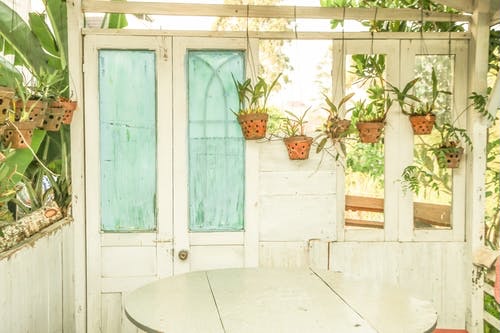
Humidity
Another aspect one needs to look out for when they decide to start indoor gardening is the humidity of one’s gardening space. There are a million factors that contribute to a house not being all that humid in the colder months (winter tends to be drier, houses tend to run the heat in the winter in order to stay warm). One can tell wether or not the indoor gardening space is not humid enough by these factors:
The tips of the leaves of one’s plants are turning brown.
The leaves start to fall off.
The plants look dry.
But how can one increase the humidity of ones plants? They aren’t cigars, one can’t just toss a Boveda pack next to their plant and call it a day. There are some things one can do, and they tend to be fairly simple.
1- Mist plants. If one decides that their plants need some more humidity in their life, one of the best things that any landscaper, homeowner or gardener can do is to mist their plants almost daily. It keeps them wet and in turn keeps them humid. However, there are certain plants out there who may actually contract disease from being misted, so some research is required.
2- The Tray of Water. Another great way to increase the humidity of a indoor gardening area is to place a tray of water near the plants. This will undoubtedly create a little more moisture in the air, ensuring that the plants will remain a little more humid. However, it should be noted that the tray should be AROUND the planting area, and the plants themselves should not be in the tray, as that may cause some problems with the growing.
3- Bring Em’ Together. What’s great for a plants humidity is socializing them with other plants. Levity aside, it is very beneficial to keep plants close together in order to create a small micro environment. The closeness of the plants will create humidity, as the relative nature of their closeness is known to do.
4- A Humidifier. What does one do when they are feeling dry in their own home? They run a humidifier, of course! Believe it or not, this can work just as well for the plants in ones indoor gardening space as well. Yes, some humidifiers tend to fall on the more expensive side, but the truly committed gardener, landscaper or homeowner knows that the expense is worth the life of their plants.
And so, this article about indoor gardening has come to an end. But there was a lot learned about indoor gardening today. We learned about the right temperatures at which to keep the plants, as well as some determiners to show wether or not the plants are too hot or too cold. We also learned that humidity plays a huge part in wether or not plants being grown indoors thrive or not. We learned once again how to determine wether or not the plants need more humidity, and we learned some steps to take in order to add some more humidity to an otherwise dry indoor gardening space.
In the end, it can be really tough for a homeowner, gardener or landscaper to give up their garden. It’s something they worked really hard on for almost half the year and seeing it go can be challenging. However, today we learned that we don’t have to give up those precious gardens. All they really need is a change of scenery and they can thrive all year round.
